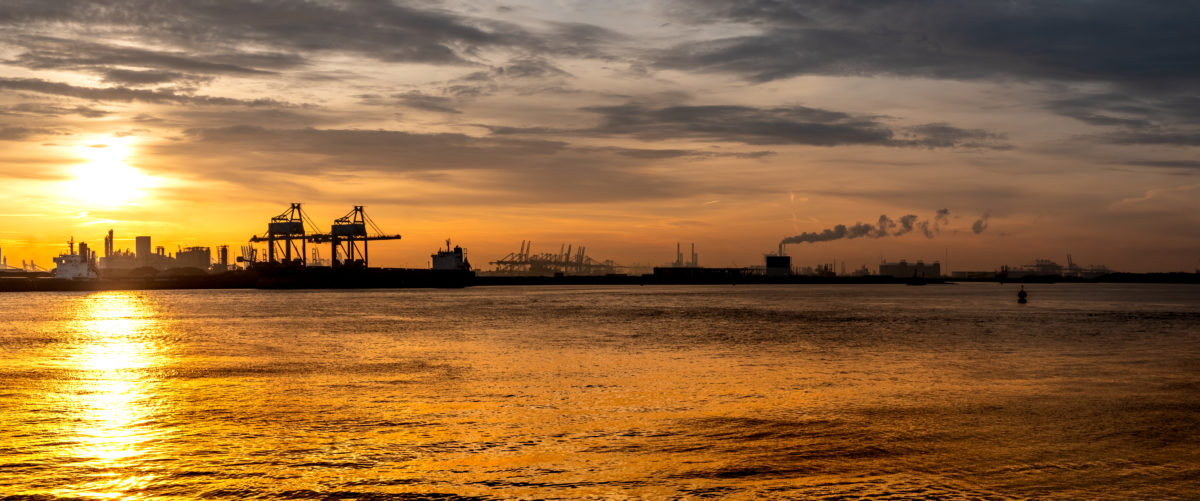From pv magazine Latam
Green hydrogen produced in Chile may soon be exported to the Port of Rotterdam in the Netherlands, after Chilean Minister of Energy and Mining Juan Carlos Jobet signed a framework agreement with the port's authorities this week.
“The agreement will be key for the development of green hydrogen in Chile since Rotterdam is the largest port in Europe and, through it, around 13% of the goods destined to the European continent enters,” the minister said.
The move is part of the second phase of Chile's hydrogen strategy, which concentrates on exports, after the first phase focused on local consumption.
The Port of Rotterdam is a multi-energy port by nature, working with large oil and gas companies. In addition, it has a port community that integrates more than 3,000 commercial companies in the introduction of fuels and other materials, both within its industrial zone and for final consumers located elsewhere.
The Port of Amsterdam is currently working to establish infrastructure and facilities and thus facilitate the flow of H2 through co-investment and co-development of various large-scale projects. In this regard, the port and Chile's Ministry of Energy will establish a dialogue regarding cooperation to make viable one or more hydrogen export-import corridors between Chile and Europe.
The deal follows the agreement signed with the Singapore Ministry of Energy earlier this month to study the technical and commercial viability of supply routes from Chile and Latin America to Singapore and expand demand in Asian markets.
The Port of Rotterdam Authority recently said the production of green hydrogen was another building block in its sustainability plan. Electricity generated by offshore wind farms off the Dutch coast will likely be used to generate green hydrogen.
In March 2019, the Dutch Institute for Sustainable Process Technology launched the Gigawatt Elektrolysefabriek project, which aims to produce green hydrogen on a gigawatt scale from solar and wind parks. The Netherlands currently generates around 800,000 tons of “grey hydrogen” – produced from natural gas – per year. The Gigawatt Elektrolysefabriek project partners want to lay the foundations for the construction of green hydrogen electrolyzers in the 2025-30 period.
Furthermore, Germany-based Uniper and the Port of Rotterdam Authority plan to produce green hydrogen on the Maasvlakte, which is an artificial extension of the Europoort industrial facility.
Moreover, the Portuguese and Dutch governments signed in September a memorandum of understanding to connect their respective 2030 green hydrogen plans.
This content is protected by copyright and may not be reused. If you want to cooperate with us and would like to reuse some of our content, please contact: editors@pv-magazine.com.



2 comments
By submitting this form you agree to pv magazine using your data for the purposes of publishing your comment.
Your personal data will only be disclosed or otherwise transmitted to third parties for the purposes of spam filtering or if this is necessary for technical maintenance of the website. Any other transfer to third parties will not take place unless this is justified on the basis of applicable data protection regulations or if pv magazine is legally obliged to do so.
You may revoke this consent at any time with effect for the future, in which case your personal data will be deleted immediately. Otherwise, your data will be deleted if pv magazine has processed your request or the purpose of data storage is fulfilled.
Further information on data privacy can be found in our Data Protection Policy.